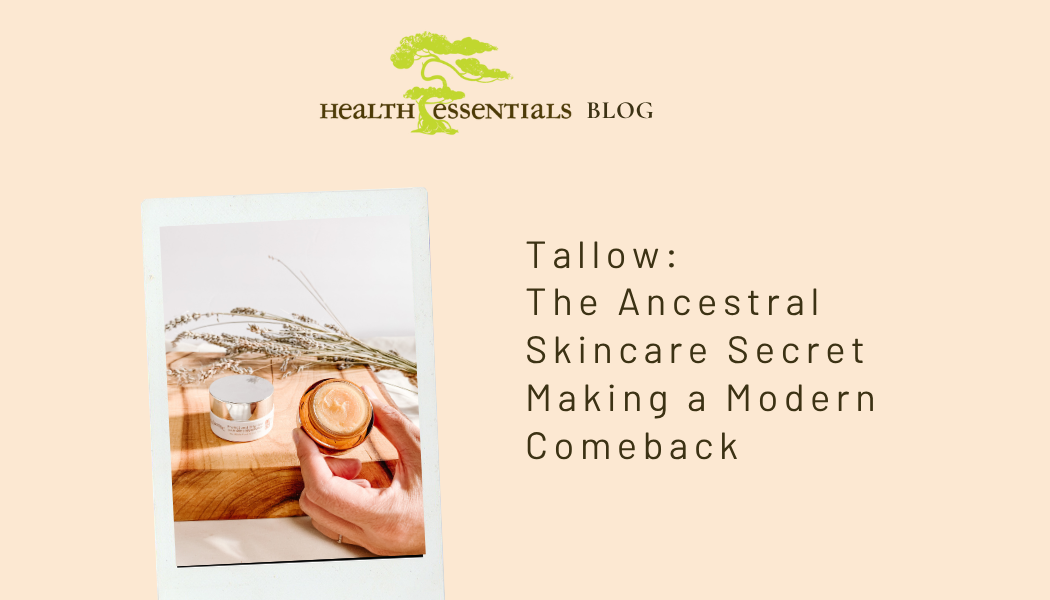Ever notice how kids can run barefoot for hours, scaling rocks or tearing through grassy fields without a second thought, while adults often groan about sore arches, stiff ankles, or aching knees after a short walk?
It turns out, it’s not just about age. It’s about footwear.
Our feet are designed to be strong, springy, and adaptable. But years of squeezing them into stiff, cushioned, or narrow shoes have trained them to move less and rely on external support. Barefoot shoes aim to reverse that trend, not as a fad but as a return to how our bodies are designed to move.
This article unpacks the biomechanics of barefoot health and why letting your feet move naturally can do wonders for your balance, arches, and overall comfort. Along the way, you’ll find wisdom from Katy Bowman and Kelly Starrett, and learn why so many Canadians are choosing barefoot shoes to support a healthier movement.
1. Improved Balance: How Your Brain and Feet Work as a Team
Your feet are packed with thousands of nerve endings called mechanoreceptors. These act like motion sensors, constantly sending information about the ground, including its texture, slope, and firmness, up to your brain. This feedback loop helps your body make micro-adjustments to stay balanced and stable.
When you wear thick, cushioned shoes, it’s like trying to text with mittens on. The signal is there, but it’s muffled. Your brain gets less accurate information, which can make balance less reliable.
Barefoot shoes change that by offering thin, flexible soles that restore sensation. Suddenly, your brain gets a clear Wi-Fi connection from your feet.
Think of it as upgrading from dial-up internet to fibre optic speed, where the communication is instant and accurate.
Whether you’re balancing through yoga in Calgary, hiking the trails around Banff, or navigating icy sidewalks in Toronto, the extra sensory input from barefoot shoes can make you feel more stable and confident.
2. Stronger Arches: Your Built-In Suspension System
Your arch isn’t just there for looks, it’s a brilliant piece of natural engineering. Acting like a spring-loaded suspension bridge, it flexes to absorb shock and returns energy with each step.
The catch is that when shoes constantly prop up your arch with rigid supports, those small stabilizing muscles weaken over time. Imagine wearing a back brace all day, every day. It might feel supportive at first, but eventually your core muscles would lose strength.
Barefoot shoes flip the script by letting your arches do the work they’re designed for. Without artificial support, your feet naturally strengthen with every step, just like muscles grow stronger after a workout.
Each step in barefoot shoes becomes a mini strength-training session for your feet.
Stronger arches mean you can spend a full day exploring Stanley Park, trekking the Rockies, or just running errands without that end-of-day flat-foot fatigue.
3. Reduced Risk of Foot Pain: Space to Move Naturally
Here’s a quick experiment: take off your shoes and spread your toes as wide as possible. Feels good, right? Now look at your sneakers or dress shoes. Do they allow for that kind of natural toe splay?
Most traditional shoes taper at the front, cramming toes together and shifting body weight forward with elevated heels. Over time, this can contribute to bunions, plantar fasciitis, and even knee or hip pain.
Barefoot shoes are designed differently. They have a wide toe box that gives your toes room to spread naturally, a zero-drop sole that keeps your heel and toes level to support natural alignment, and flexible construction that lets your foot bend and move as it was meant to.
Together, these features reduce stress on your feet and joints, allowing movement that feels both natural and pain-free.
It’s like removing a cast after years and letting your foot finally breathe.
Whether you’re walking the seawall in Vancouver, standing on your feet all day in Ottawa, or chasing after kids in your backyard, barefoot shoes can help reduce nagging discomfort.
Movement Leaders Back It Up
Biomechanist Katy Bowman has long emphasized the importance of natural movement, explaining that strong, mobile feet form the foundation for overall health. Kelly Starrett, known for his work on mobility and performance, echoes this by pointing out that freeing the feet often unlocks better function throughout the body.
Their message is simple: when your feet are strong and mobile, the rest of your body benefits. Barefoot shoes are one of the most accessible ways to start building that foundation.
Why Canadians Are Joining the Barefoot Movement
Barefoot shoes aren’t just another fitness trend. They’re part of a broader movement toward reclaiming natural health. And in Canada, that movement is catching on quickly.
From Toronto’s urban sidewalks to Alberta’s mountain trails, Canadians are discovering that barefoot shoes not only feel good but also support healthier movement patterns. And unlike a decade ago, when options were limited, today Canadians can access a wide variety of barefoot shoe brands without the hassle of international shipping.
That’s where we come in. At Health Essentials, we carry the largest selection of barefoot shoes in Canada. More importantly, we see our role as educators and guides, helping Canadians understand the “why” behind barefoot movement so they can make informed choices for their health.
The Bottom Line
Your feet aren’t weak, they’re just waiting for a chance to wake up.
By improving balance, strengthening arches, and reducing the risk of foot pain, barefoot shoes unlock the natural biomechanics your body was built to use. Whether you’re an athlete, a weekend hiker, a busy parent, or someone simply looking for lasting comfort, barefoot shoes offer a path toward stronger, healthier movement.
So the next time you lace up, ask yourself: are my shoes helping my feet do their job or holding them back?
Curious about making the switch?
Explore our barefoot shoe collection and discover why Canadians coast to coast are giving their feet the freedom they deserve.


